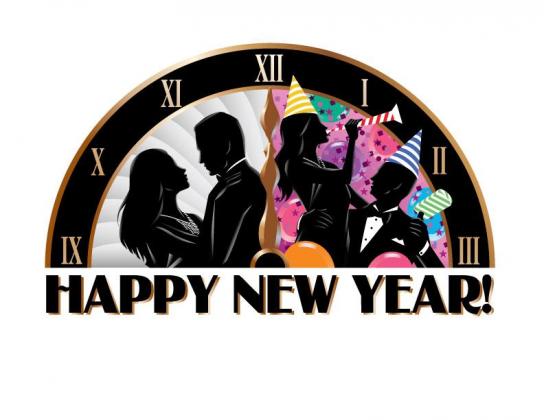
Jim Bradshaw
Over the half-century-plus that I have been writing about Acadiana, I’ve driven down practically every road in south Louisiana, visited (or at least passed through) every named community, and met and been befriended by some of the most extraordinary “ordinary” people on the globe.
Sometimes I visited a place for a reason; there was a specific person or story to be found there. Just as often it was my natural instinct to meander that made me turn onto a road I’d never driven before, just to see where it went and what it passed along the way.
I’ve spent considerable time looking for places that aren’t here anymore, trying to find the histories of places that are now only names on old railroad maps and that have been passed by or swallowed up as the world changed.
I found a good many of those places by knocking on a stranger’s door to ask, “Have you ever heard of Such-and-Such?” As often as not I’d get a wonderful reminiscence about growing up in a community that is now only memory, usually accompanied by a search through an armoire or old desk for a picture of “daddy’s old store,” or something similar. There was always a good cup of coffee to go with the conversation.
Over the decades I’ve worn out a seemingly indestructible Olivetti manual typewriter, two fancy electrics, and several computer keyboards to tell the stories of Acadiana and its people. I figured once that over my working life at least a million of my words have been put into print in one form or another – some of it decent writing, some of it only a step above typing exercises, but almost all of it in a quest to tell the story of this remarkable place.
The story of south Louisiana is full of colorful people and ways and traditions found no place else. My map put out by the state highway department marks off Acadiana by coloring it beige while the rest of the state is in a darker color. That’s a sure sign that the map was made by somebody from Shreveport. Anyone who’s been here for a night of eating and dancing and story-telling over a cold beer knows that the color for south Louisiana is definitely not bland beige. We run more to purple, I think. Especially during Carnival season, which begins January 6, and in parts of south Louisiana runs for practically the whole year.
Ours is also a story about an idea, an essence, as well as about a geographical place and its people.
Whether we are Cajun or Creole or Anglo or Whatever, we share a set of connections here — to family, to each other, to the seasons, to the land and sea, to church and community, to a set of values that perhaps require simpler times to survive. I hope we can hold onto those things. A lot of what I write comes from my belief that we need to keep that connectedness, or to try to catch it again if we can.
I am not against progress. But I am for reasoned progress, and firmly believe that half of what we call “progress” is more steam and froth than reality. I believe that our old culture and new concrete can live side-by-side, if we think about what we want to keep from one before we spread the other willy-nilly.
One of the ways we may be able to do that is to remind ourselves of the wonderful things that we share, and to remember that these are things that are important because they set us apart from people from other places and bind us together at home.
It is important that we keep alive experiences and places and circumstances that we can easily overlook because we think them commonplace. Many of these things are in fact our glue.
At New Year’s we look forward to what is to come. But it can also be a good time to look back at who and where we have come from – and to resolve to make sure that we do not lose touch with the things and places and customs and attitudes that make us distinctively who and what we are.
A collection of Jim Bradshaw’s columns, Cajuns and Other Characters, is now available from Pelican Publishing. You can contact him at jimbradshaw4321@gmail.com or P.O. Box 1121, Washington LA 70589.
